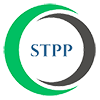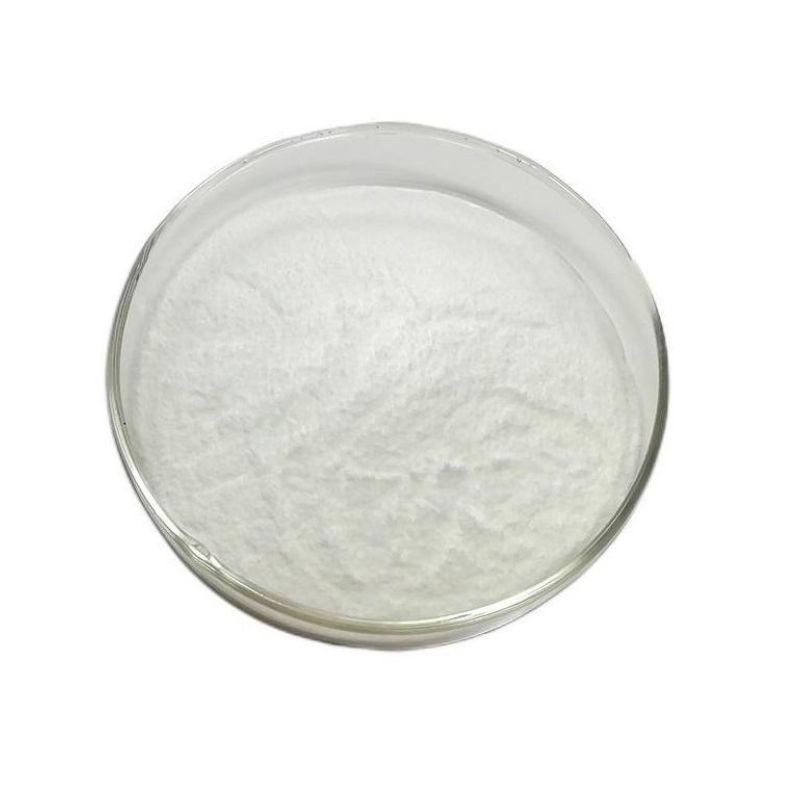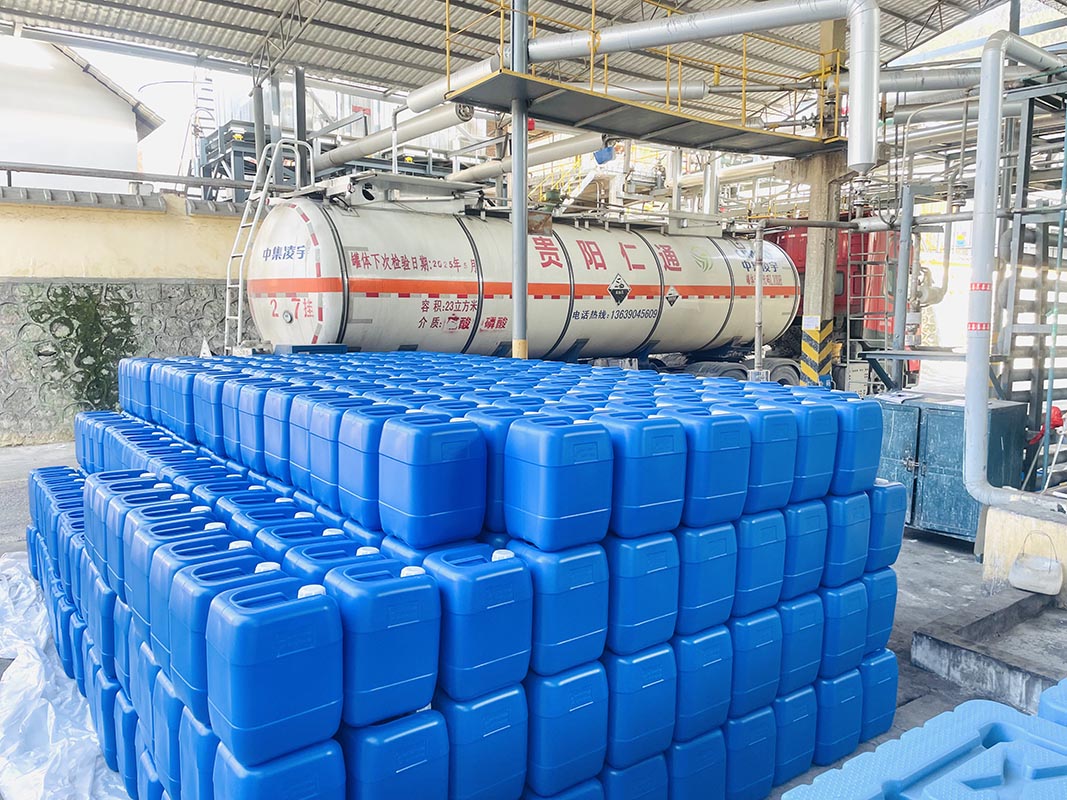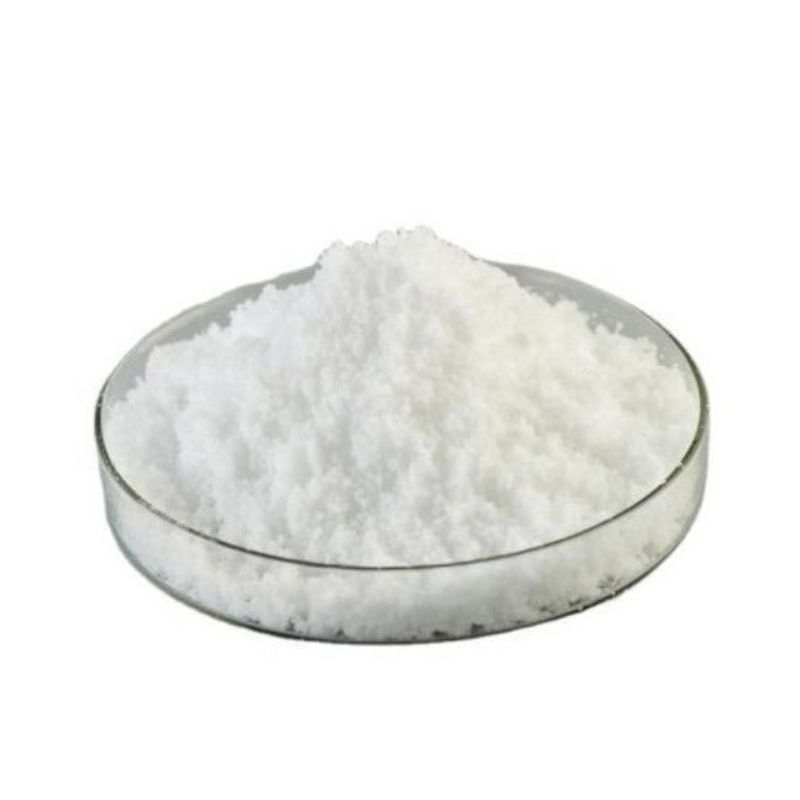
Sodium Tripolyphosphate for Textile and Dyeing
Textile grade sodium tripolyphosphate | Ion commander of printing and dyeing process
In the denim dyeing and finishing cluster in Dhaka, Bangladesh, the introduction of STPP has increased the utilization rate of indigo dye from 63% to 89% while reducing the scale deposition in the dyeing vat by 78% (ITMF Industry Report 2023). This inorganic polyelectrolyte is reshaping the clean production standards of the global textile industry through precise metal ion management.
Ion Game Theory of Textile Chemistry
Na₅P₃O₁₀ molecules optimize dyeing and finishing processes through a three-level chelation mechanism:
Hard water softening: Each gram of STPP can bind 247mg Ca²⁺ (determined by EDTA titration)
Dispersion and stabilization: Form a stable suspension system with a ζ potential of -38mV with active dyes
Anti-scaling and machine protection: Inhibit the growth of CaCO₃ crystal nuclei in 80℃ dye liquor and extend the equipment maintenance cycle by 3 times
| Performance Indicators | Traditional Soda Ash Solution | STPP Optimization Solution | Improvement |
|---|---|---|---|
| Dye Uptake Rate | 65% – 72% | 82% – 88% | **+26%** |
| Steam Energy Consumption | 1.8 tons/10,000 meters | 1.3 tons/10,000 meters | **-28%** |
| Wastewater COD Value | 3200 mg/L | 2100 mg/L | **-34%** |
Solving the four major pain points in the printing and dyeing industry
Scenario 1: Level dyeing control of active dyes
Problem: Cotton fabrics have “yin and yang sides” in dyeing, and the colour difference reaches ΔE 4.7 (ISO 105-A05 standard)
Solution: Add 0.8-1.2g/L STPP to reduce the particle size of dye aggregation from 850nm to 220nm
→ Color difference ΔE≤1.5, fabric uniformity reaches AATCC 9-level standard
Scene 2: Polyester high temperature and high-pressure dyeing
Under 130℃ working conditions:
The thermal decomposition rate of dispersed dyes is reduced from 15% to 6%
The fibreglass transition temperature (Tg) is reduced by 8℃, saving 18% of heat energy.
Colour fastness is improved by 0.5 levels (GB/T 3920 test)
Technology carrier of textile green revolution
Our STPP has passed ZDHC MRSL V3.0 certification , meeting the sustainable procurement requirements of leading global brands:
Ecotoxicity control:
Zebrafish 96h LC50>100mg/L (OECD 203 standard)
Sludge activity inhibition rate<15% (ISO 15522 test)
Degradability: 28-day biodegradability ≥ 92% (OECD 301B)
Circulation scheme: Combined with nanofiltration membrane, 85% STPP recycling rate
Empirical data from global benchmark factories
Turkish towel dyeing and finishing case:
In pH 10.5 reactive black KN-B dye bath:
STPP 1.5g/L + anti-wrinkle agent → Reduce 2 reduction cleanings
Save 27m³ of water per ton of cloth and reduce steam consumption by 1.2 tons.
Passed H&M’s Higg FEM 3.0 audit
Vietnam polyester yarn mill test:
Add 0.6% STPP to pretreatment liquid:
→ Refining efficiency (K/S value) increased by 39%
→ Fiber weight loss rate reduced from 8.7% to 5.1%
→ Obtained 85 points for Bluesign® system raw material score
Technology closed loop from molecular design to production line
Adopting directional polymerization process Control chain length distribution:
Average degree of polymerization n=3 (GPC determination)
Free phosphate content ≤0.3% (ion chromatography)
Particle size distribution: D10=45μm, D50=110μm, D90=180μm (laser diffraction method)
Customized service matrix:
| Demand Type | Solution | Technical Indicators |
|---|---|---|
| High-speed digital printing | Low-foam STPP | Foam height <2mm (Ross-Miles method) |
| Cold rolling batch process | High solubility instant granules | Dissolution time at 25℃ ≤30 seconds |
| Recycled fibre treatment | Biodegradable formula coordinated with laccase | COD reduction rate ≥40% |
Sustainable commitment of the supply chain
Green electricity production: 60% of energy comes from the photovoltaic power station in the factory (carbon footprint: 1.8kg CO₂e/kg)
Packaging revolution: recyclable IBC barrels (1000L), reducing 85% of plastic waste
Emergency response: bonded forward warehouses in Indonesia and Pakistan
FAQ Selected
Q1: What is the difference between STPP and chelating agent EDTA?
Action temperature: EDTA is easily decomposed at >90℃, STPP is temperature resistant up to 130℃
Environmental protection: STPP biodegradability is 5.6 times that of EDTA
Cost-effectiveness: STPP costs $3.8 less per ton of hard water treated
Q2: How do we deal with the restrictions on the discharge of phosphorus-containing wastewater?
Provide a three-stage solution for phosphorus recovery:
Process end: STPP addition amount AI algorithm optimization (reducing the amount by 15-30%)
Process end: Co-precipitation with polyaluminium chloride (phosphorus removal rate ≥95%)
Recovery end: Struvite crystallization method to generate slow-release phosphate fertilizer (in compliance with GB 4284)
How does STPP replace traditional sodium silicate in denim washing?
Traditional sodium silicate is prone to fibre embrittlement (strength loss ≥15%) and equipment scaling (3-4 acid washings per month). Switching to the STPP solution can achieve the following: Comparison dimension Sodium silicate solution STPP optimization solution Improvement Fabric pH residue 9.2-9.8 7.5-8.1 -18% Washing whiteness 78 (CIE LAB) 85 (CIE LAB) +9% Water consumption (tons/thousand pieces) 32 24 -25% Synergistic process: When compounded with cellulase (0.8g/L STPP + 1.2% enzyme preparation), the stone grinding effect is improved by 40% while using pumice is reduced.
Can STPP solve the colour difference between the inner and outer layers of cheese yarn?
Improve dye penetration through three-level permeation regulation: Ion shielding: Chelating Fe³+ reduces dye aggregation (particle size from 520nm to 180nm) Zeta potential adjustment: adjust the surface potential of cotton fibre from -15mV to -28mV Viscosity control: Add 0.5g/L STPP, the dye viscosity is reduced from 3.2cP to 2.1cP (Brookfield test) Case: After application in a spinning mill in Shandong, the ΔE colour difference of the package yarn was reduced from 4.3 to 1.8, and the dye tank turnover rate increased by 22%.
How do we deal with the EU ETAD’s phosphorus emission restrictions?
Constructing a triple system of phosphorus management: Source reduction: An intelligent feeding system dynamically controls STPP concentration (±0.05g/L accuracy) Compounded with sodium citrate to reduce STPP usage by 30% Process recovery: Recovery Technology Phosphorus recovery rate Byproduct use Chemical precipitation method 92% Calcium phosphate for building materials Electrodialysis method 85% Regenerated STPP (purity ≥91%) End treatment: Adopt anaerobic-aerobic process (COD removal rate ≥95%, total phosphorus ≤0.5mg/L)
What is the mechanism of action of STPP in the polyester alkali reduction process?
As an alkaline stabilizer, through: OH⁻ concentration control: buffering NaOH decomposition, maintaining the reduction rate fluctuation ≤ 0.8% Byproduct inhibition: reducing sodium terephthalate crystallization (microscope observation reduced by 76%) Fibre protection: increasing the strength retention rate after reduction from 82% to 91% Process parameter recommendations: NaOH 8-12% STPP 0.6-1.2% Temperature 95-98℃ Time 30-45min
STPP enhancement scheme in digital printing pretreatment
For the problems of poor permeability and low colour yield: Formula optimization: 2.5% STOP 1.8% fatty alcohol polyoxyethylene ether 0.3% silicone defoamer pH 8.5-9.0 Effect data: Ink spreading diameter increased by 42% K/S value increased by 0.8-1.2 Outline clarity rating increased from B to A+ (AATCC 179 standard)
Compatibility of STPP and bio-based surfactants?
Need to match according to HLB value: Bio-based surfactant HLB value Recommended STPP concentration Synergistic effect. Sophorolipids 11-13 0.4-0.8g/L Wetting time shortened to 3.2 seconds (reduced by 68%) Rhamnolipids 8-10 0.2-0.5g/L Emulsification stability ≥4 hours (increased by 3 times) Tea saponin 15-17 Prohibited Easy to produce floccules
How can Energy saving in low-temperature dyeing through STPP be achieved?
Development of STPP-carrier synergistic system: Action mechanism: STPP softens the fibre surface (DSC detection Tg decreases by 6℃) Carrier promotes dye diffusion (diffusion coefficient increases by 4.7×10⁻¹⁰m²/s) Process parameters: Dye type Conventional process Low-temperature process (+STPP) Energy saving benefits Disperse dye 130℃×40min 95℃×50min Steam cost reduced by 52% Reactive dye 80℃×60min 60℃×75min Power consumption reduced by 38%
Why Choose Us
At GOWAY INTERNATIONAL MATERIAL CO., LTD, we stand out in the sodium tripolyphosphate (STPP) industry with over 20 years of expertise, a reputation built on reliability, and a dedication to delivering industrial-grade products that meet the highest standards. Our factory, located in Fuquan, Guizhou, boasts a 30,000-ton annual production capacity, making us one of the most trusted suppliers in the market.
Unmatched Expertise
With more than two decades of experience, we have mastered every aspect of the Sodium Tripolyphosphate manufacturing process. Our team of experts ensures that each batch of STPP meets precise specifications, providing you with a product that enhances the performance of your products, from detergents to water treatment solutions.
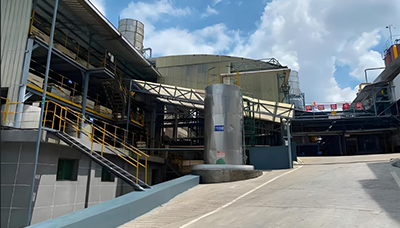
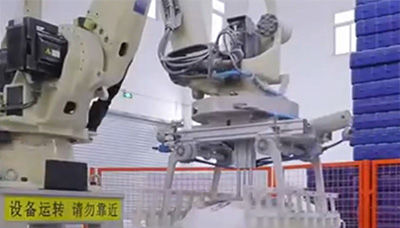
Innovative Technology
We pride ourselves on being the first fully automatic manufacturer of STPP in Guizhou. This cutting-edge technology not only increases our production efficiency but also guarantees the consistent quality and purity of our products, making us an industry leader.
Direct-from-Factory Sales Model
By operating under a direct-from-factory sales model, we can offer highly competitive prices without compromising quality. This structure enables us to provide cost-effective solutions while building strong, lasting relationships with our customers.
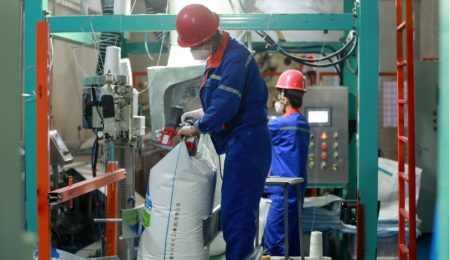
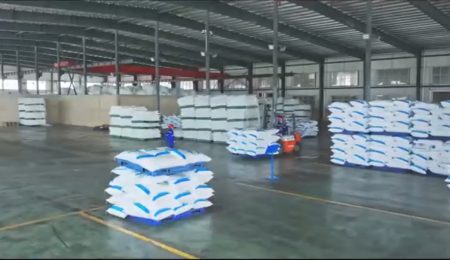
Commitment to Quality
As a National High-Tech Enterprise, we adhere to the strictest quality control measures to ensure that every batch of STPP is of the highest standard. Our products are essential in various industries, including detergents, water treatment, and chemical manufacturing, and our unwavering focus on quality makes us a trusted partner for businesses worldwide.
Frequently Asked Question
We offer a variety of shipping methods depending on your location and urgency. This includes sea freight, air freight, and land transport. For smaller orders, we may also offer express delivery services like DHL, FedEx, or UPS to ensure timely arrival.
The delivery time depends on the shipping method and your location. For sea freight, the usual delivery time ranges from 20 to 40 days, while air freight generally takes 5 to 7 days. Once we receive your order and confirm the shipping details, we will provide you with a more precise delivery estimate.
We have extensive experience in handling international shipments. We take care of all the necessary paperwork, including customs declarations and import/export documentation. We also offer assistance with customs clearance to ensure smooth and efficient delivery.
Yes, once your order is shipped, we will provide you with a tracking number and the relevant tracking details. You can monitor the progress of your shipment directly through the carrier’s website or by contacting our customer service team for assistance.
In the event of a delay, we will promptly inform you and work closely with the shipping provider to resolve the issue. We are committed to delivering your order on time and will do our best to ensure that any issues are handled quickly and efficiently.
Depending on the delivery location and shipping method, there may be additional fees such as customs duties, taxes, or handling fees. These fees are generally the responsibility of the buyer, but we will inform you of any such costs before shipping.
